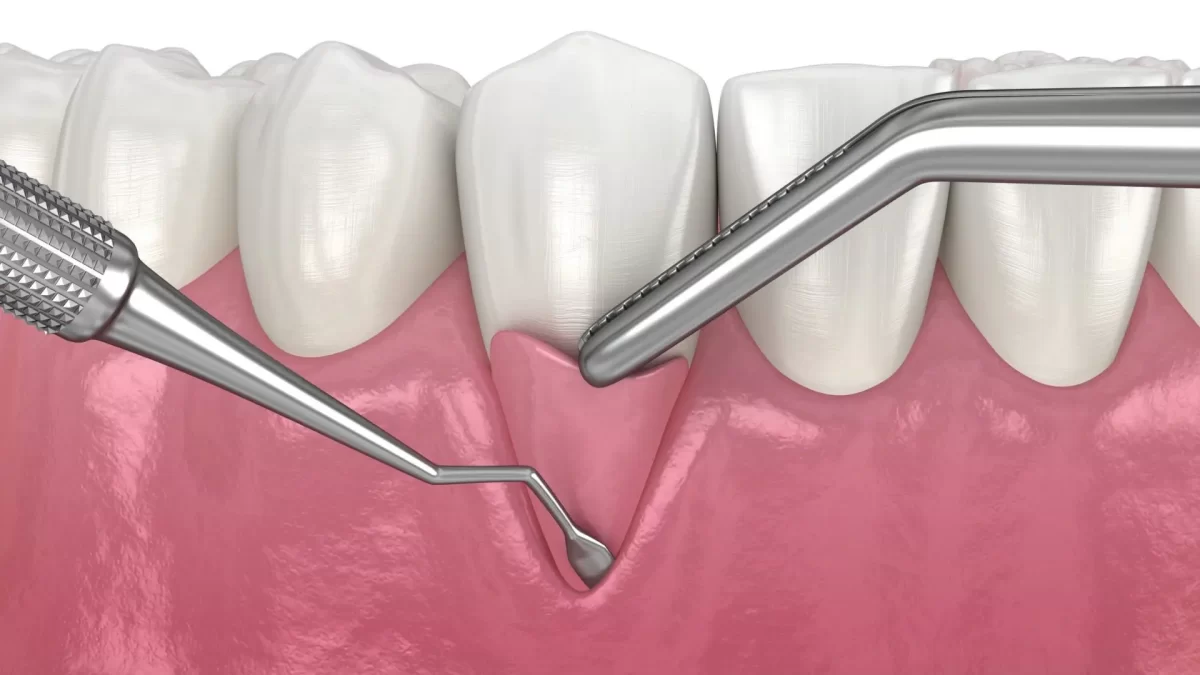The periodontist in King of Prussia, PA, and their team have expertise in offering gum grafting to help safeguard or improve the vitality of gums and the underlying bone.
Receding gums are a common dental problem that is often a serious manifestation of periodontal disease. Bacterial invasion and plaque accumulation can cause dental infection involving the underlying bone. This may eventually result in tooth loss. Let us explore the types and benefits of gum grafting.
| Gum grafting is a minor surgical procedure that helps treat gum recession (a condition when your gums pull away from your teeth, exposing the underlying roots). Gum grafting involves replacing the lost tissue around your teeth using appropriate gum tissues from other areas of your mouth or a donor. This helps improve your gum vitality and integrity. |
Types of gum grafts used
Some of the most common types of gum grafting are:
Free gingival graft
- In this type, a layer of tissue is extracted from the palate and relocated to the area being affected by gum recession. This is often used to thicken gum tissue.
Subepithelial connective tissue graft
- A layer of tissue is removed from the outer layer of the palate and implanted into the site of gum recession. This is applicable if you have exposed tooth roots.
Acellular dermal matrix allograft
- This process uses medically processed, donated human tissue as a source of gum graft. This is left painful and beneficial since it is not extracted from any donor site in your mouth.
Pedicle graft
- The graft is obtained by detaching the gum tissue above or below the tooth and then pulling it over the exposed tooth root.
Indications of gum grafting
Gum grafting is done to address the following issues associated with gum recession:
- Exposed tooth roots
- Teeth that appear longer than usual
- Exposed tooth roots are more susceptible to decay, leading to tooth loss
- Receding gums can increase the risk of developing gum disease and its associated complications
Significant benefits of gum grafting
Gum grafting can provide several benefits, such as:
- Reducing tooth sensitivity to hot and cold temperature
- Preventing further gum recession
- Improving your smile aesthetics
- Protecting your exposed teeth roots from decay
- Preventing premature tooth loss
- Enhancing the periodontal health by preventing the spread of infection to the underlying jawbone
Following gum grafting, it is crucial to adhere to recommended oral hygiene routines and keep up with routine dental visits to preserve the health of both your gums and teeth. Your periodontist will furnish personalized post-procedure guidelines to promote effective healing and sustainable outcomes over time.

